Farmer John Writes: No Professional Qualifications
Extended Season Week 2, November 22nd – 27th, 2021
Extended Season
This is Week 2 of our Extended Season. Only shareholders with an extended season share have deliveries left this season. If you are unsure of your delivery schedule for the rest of the season, check your delivery calendar in your membership account.
Popcorn
If your Angelic Organics popcorn does not pop well, pull the husk back to expose the kernels, and dry the ear on a windowsill or a counter for a couple of weeks—should pop to your delight after that.
Our Crew and Thanksgiving
This week is the last week of work for our H-2A workers from Mexico. Customer service provider Amanda August and her mom, Ann, will provide a Thanksgiving feast for the crew on their last day of work here, Wednesday. Thank you so much, Amanda and Ann, for giving the crew an experience of our Thanksgiving traditions here in the States. And thanks for including everyone on our whole farm team in the dinner. And much appreciation to the crew for all your hard work this season.
I Think I Want that One
I wrote a bit about farmstead design last week in Farm News, Extended Season Week 1, Like a Dream that Won’t Form. That got me to reflecting on my somewhat mysterious relationship to farm buildings since I was a child. When I was 8 years old, my mother drew pictures of possible roof shapes for the new barn my family was planning to build. I chose the arched form. I sometimes wonder if my steadfast commitment to the upkeep and beauty of our farmstead has to do with my very early involvement with choosing that form. Fortunately, my wife Haidy is equally committed to upholding the beauty of our farm buildings, even though she didn’t have the opportunity when she was little to choose the arched forms that characterize our farmstead.
International What?
There is considerable attention today put on local–supporting local food, local artists, and local businesses in general. I notice, however, that city governments and real estate developers often sponsor worldwide design competitions and typically award commissions to prestigious firms whose principals didn’t grow up in the city for which the building is being considered.
My parents talked at the supper table in the 60’s about the new style of architecture that was then becoming popular—the international style. My mother said, “with the new international style, when you visit a city, it will look like any other city.” I remember the feeling of trepidation I experienced when I heard this, though at the time, I wasn’t really sure what made me feel that way.
Does Love Matter? Does Matter Love?
I’ve been paying attention to the buildings here on the farm since I was a child, and I suspect that the love and care that I have directed towards them, and that they have directed towards me, play a considerable role in how I interpret them and re-express them.
Art and Agriculture
Many artists during the 70’s and the early 80’s were living on this farm, doing their art work here and also helping with the farm work. It was natural to me that the buildings were treated with an artistic sensibility and that their use and function emanated from a local perspective. The forms and uses of the buildings would of course flow out of the relationship that the residents had to the location and to the activity of the place. We even formed a not-for-profit called The Midwest Coast, whose mission was our commitment to Art and Agriculture. The Midwest Coast was dedicated to noticing, creating, and celebrating synergies between art and agriculture; this included the design of the buildings.
For example, the loft of the main barn became a studio for a fiber artist. Since fiber was a primary component in her artistic activity, we incorporated muslin into the design of the walls and ceiling when we insulated them. We prioritized keeping the arched rafters exposed, since they are an important feature of the barn’s heritage; also, they offer a feeling of rhythm, which is an innate component of farm life and human life.
A Risk
In 1981, I received an artist’s grant from the National Endowment for the Arts (NEA) to visit art communities and examine to what degree their building designs were informed by place and informed by the people who inhabit that place.
Someone at the NEA said to me at the time, “We are taking a chance on you by giving you a grant, because you have no professional qualifications. Every other recipient of the grant is a professional.” I was talking from a landline phone installed in the barn. I remember saying something like, “I’m having a little trouble hearing you, because of the chickens and pigs making all that racket in the background.”
Relational?
Generally, based on my NEA funded tour of several artists’ colonies out East, my impression was that the architecture of the art colonies was not especially artistic in itself nor inspired by the locale where it was situated. The buildings often seemed designed from afar by professionals, and plunked down irrespective of place–not inspired by the sort of work that would be carried out within these communities nor inspired by the region where the work was being done. In other words, the built environment of these colonies, with the exception of the Penland School of Craft in North Carolina, generally did not echo place nor the character of the creative work that was being done there nor the character of the artists who worked there.
I am not advocating for everyone to design and hand build their worlds. My experience of doing such is that it is a huge amount of work, an enormous commitment fraught with surprises and budget overruns. However, it intimately relates one to place, to self, to community. And I am compelled to do it—it is part of my calling.
Local
In my twenties, I cut oak trees from my woods, cured the logs for two years, had them rough cut into lumber, cured the boards for two more years, milled them and paneled some of the walls of my converted limestone schoolhouse with them.
Without Credentials
For several years, a class from the School of the Art Institute of Chicago, organized by SAIC Professor Jim Zanzi and former farm resident Lisa Stone, would spend a few days touring Wisconsin, Iowa and Illinois folk art environments. These are places where people, generally without artistic training, would create very imaginative installations in their homes or yards or farms, often referred to as folk art or naive art or outsider art. My farm was on that tour, since, without professional training, I had created so much out of my personal history with it and my unschooled imagination of it.
I suppose that the tour organizers, in order to include me on the tour, loosely categorized me as a (definitions procured from the internet):
naive artist: a visual artist who lacks the formal education and training that a professional artist undergoes
folk artist: an environmental artist who creates unique, personal places, which comprise of large-scale hand built sculptural and/or architectural structures…The folk art environment is quite simply a lovingly hand built, unique dream environment.
outsider artist: self-taught art maker. Typically, those labeled as outsider artists have little or no contact with the mainstream art world or art institutions.
I imagine that, to the tour organizers, my lack of professional design credentials was in itself a credential.
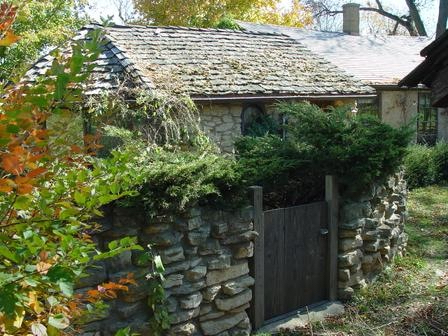
limestone home addition and garden wall designed, quarried, and built by Farmer John, 1976—John & Haidy’s current home…folk art?
Long Introduction
Just this introduction to my lifelong commitment to making the farmstead beautiful, functional and relational has taken up pretty much this whole issue of Farm News. I didn’t even enter today into my process by which I design the farm into the future. I just sort of backgrounded you in my lack of professional credentials and my abundance of love and care for the farmstead since childhood. Once I began to write, I unearthed much about the history and nature of my enduring commitment to the beauty and integrity of this place. I will explore this relationship further in an upcoming issue of Farm News, as the most important thing is not my credentials or lack of them; the most important thing is the delicate, profound process by which I have continually balanced the future of the farmstead with its past while being in the demanding presence of the present. The other most important thing is that we design, work in and live in spaces that make us feel love, that elevate us as human beings, that affirm life.
Art
“It is our task in the study of method always to engage the whole individual. We could not do this without focusing our attention on the development of an artistic feeling with which the individual is endowed. This will also dispose the individual … to take an interest in the whole world as far as [that person’s] nature permits.”
~ Rudolf Steiner – GA 294 – Practical Course for Teachers – Stuttgart, 21st August, 1919
Warmly,
Farmer John

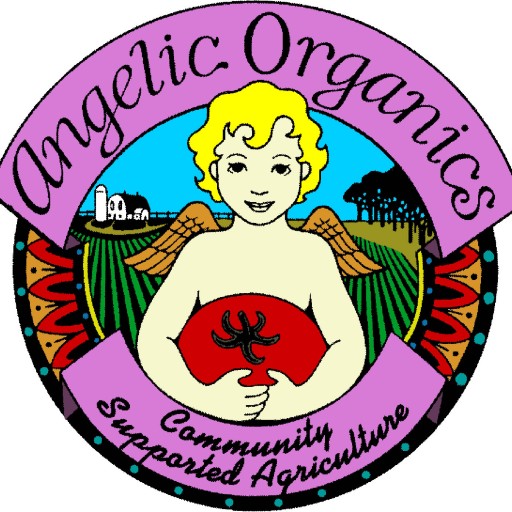


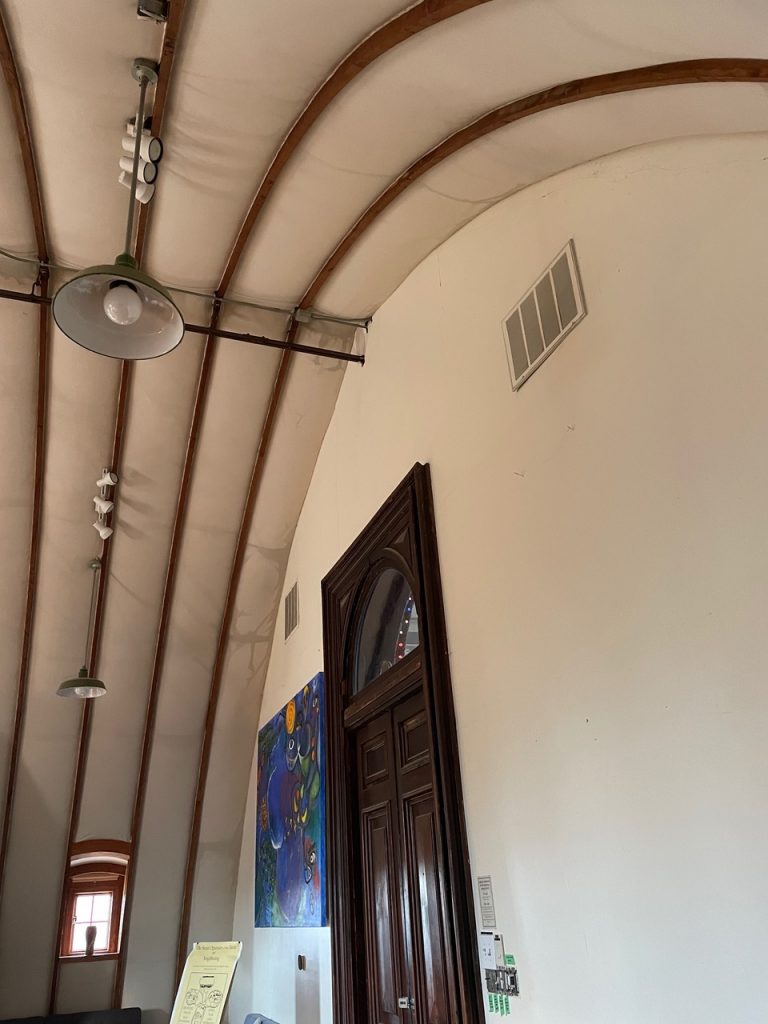
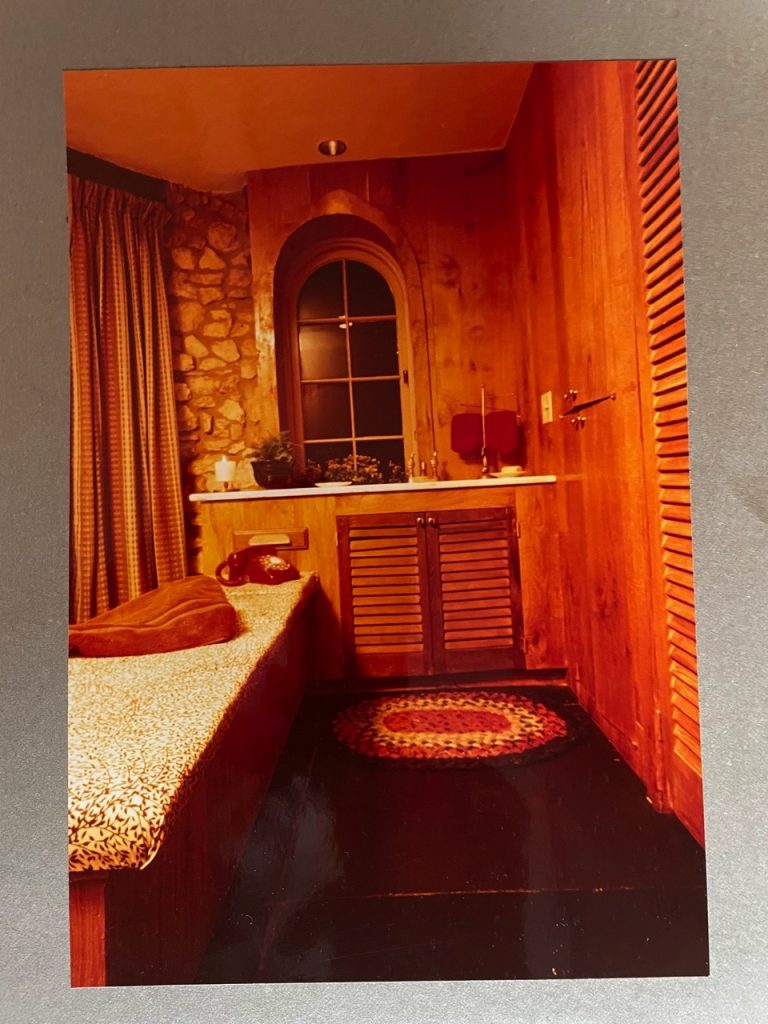
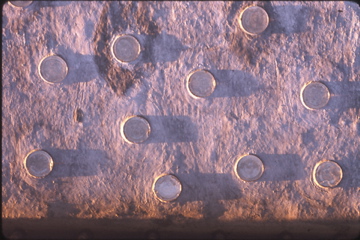

What a refreshing and earthy read Farmer John. You’re such an amazing person brimming over with love and presence. We feel privileged to know you and to be a part of this community.
Please, tell us where our precious farm crew spend the winter? Do they return to Mexico and will the all be here next season? We cherish each one and wish them to be kept in peace and safe from all harm. – Philip and Christine
The H-2A farm crew heads back to Mexico tomorrow Nov 24.
I asked today, “how much can you make per day working in Mexico?” “$12 per day.”
Tomorrow they work in the morning and then have a fabulous Thanksgiving feast here and then they return to their homes. Some of them will likely join us for next season. Thank you for your appreciative words